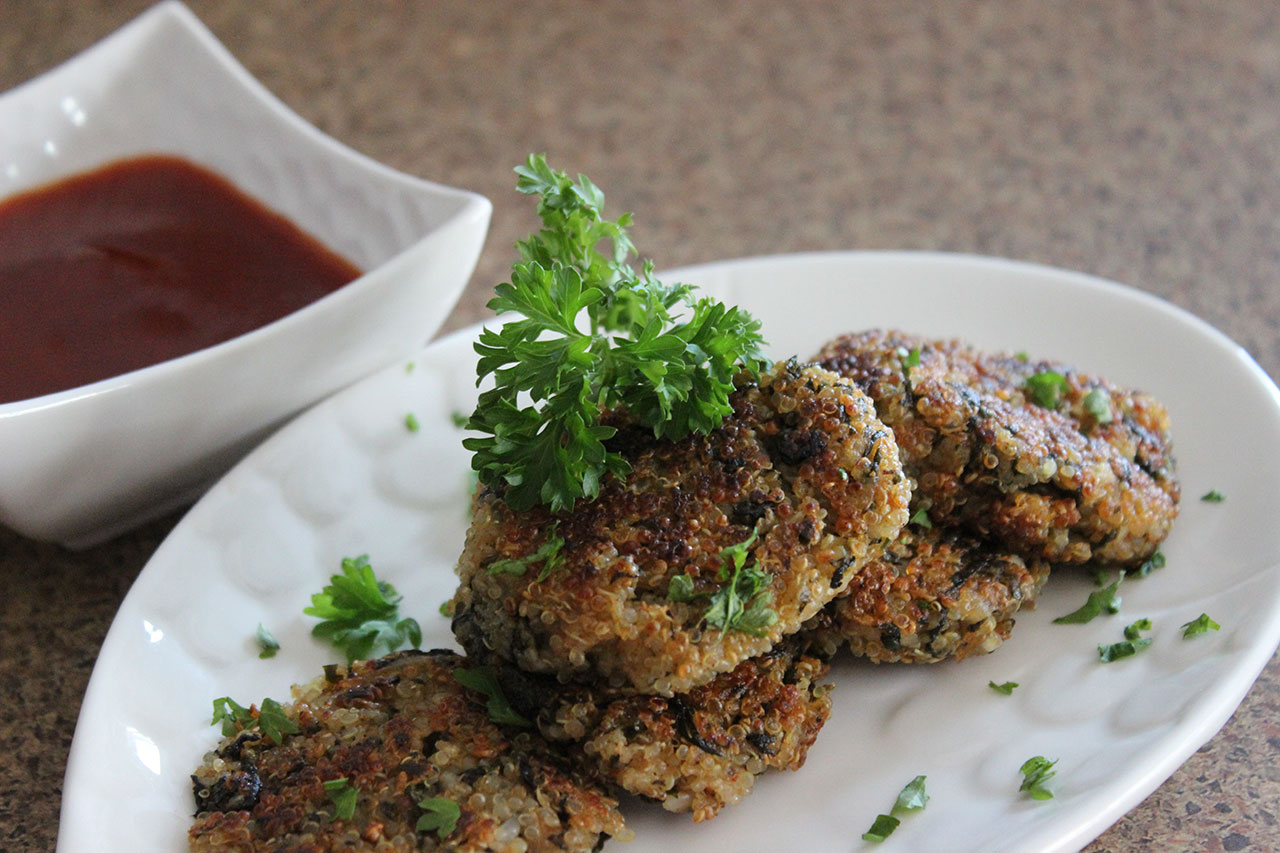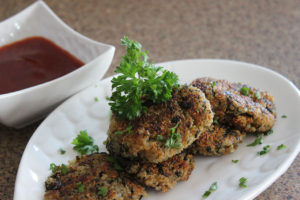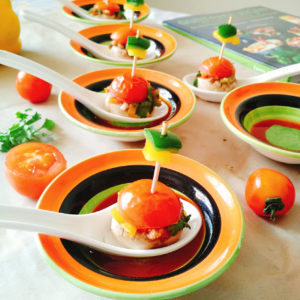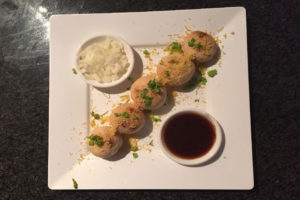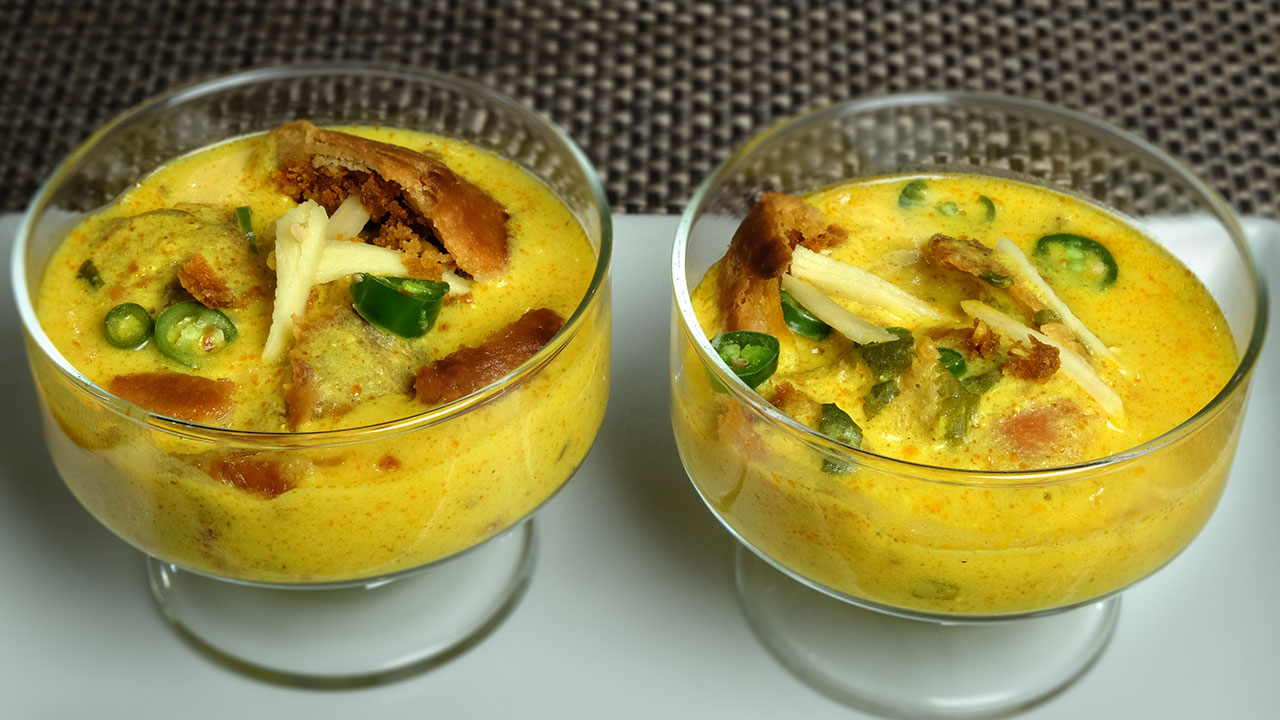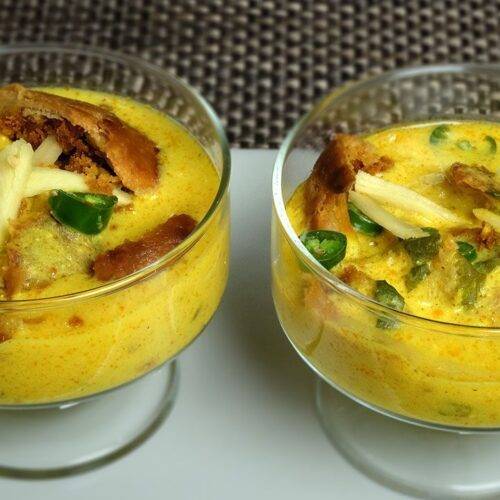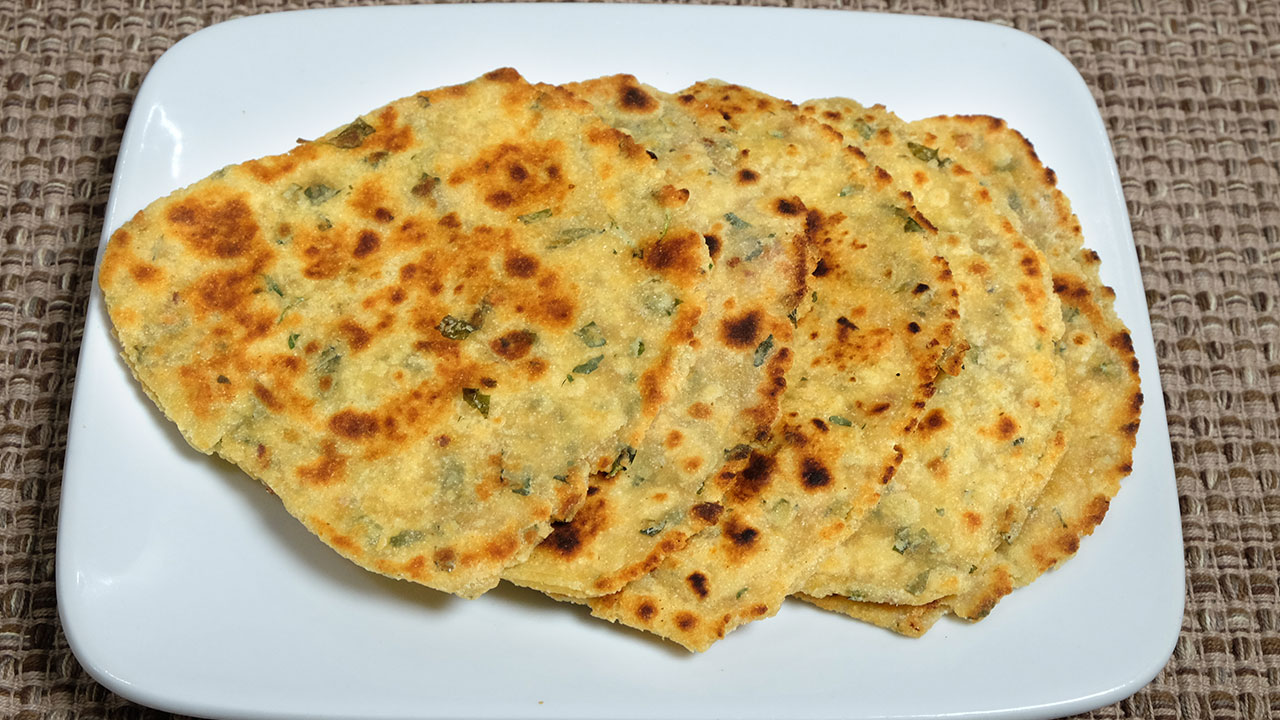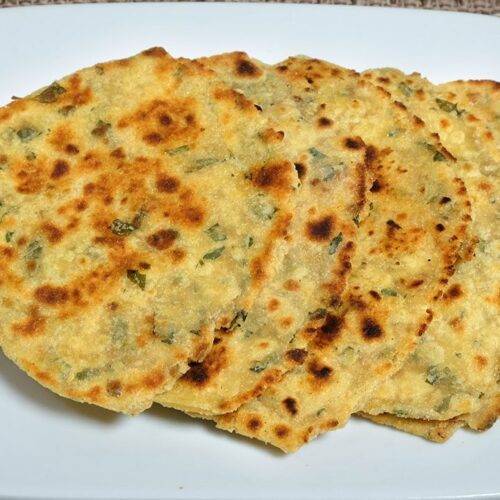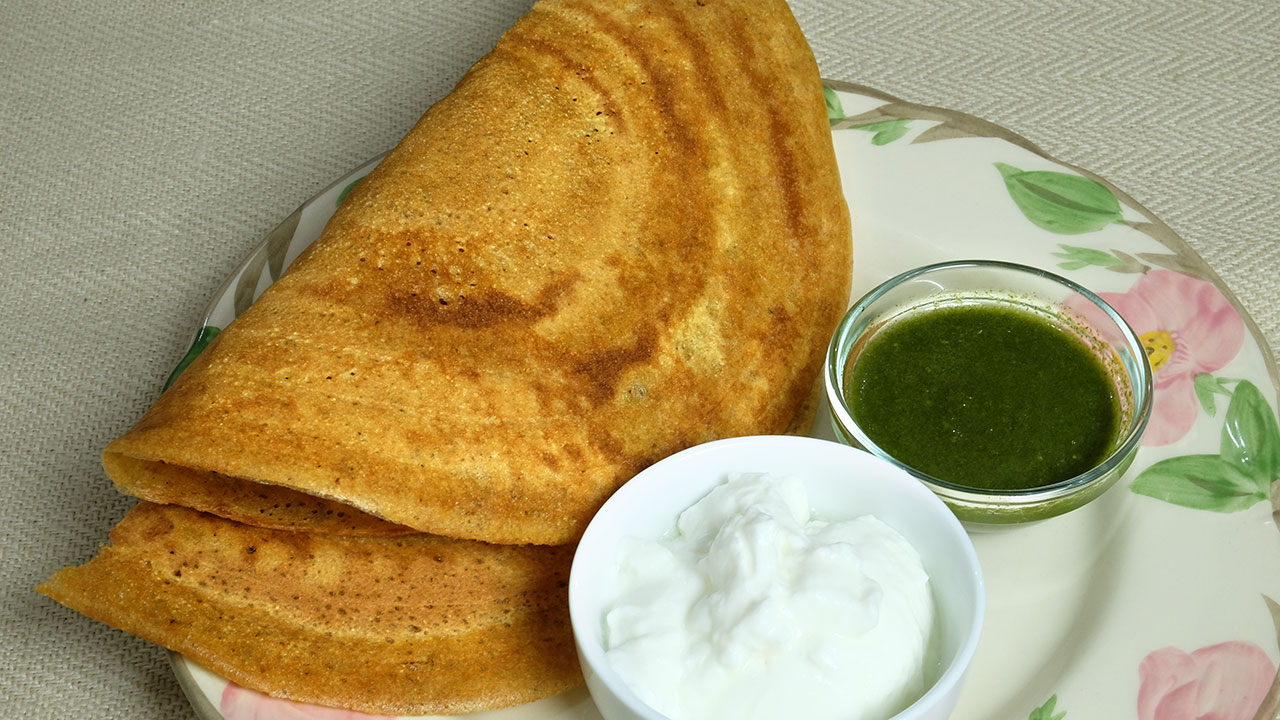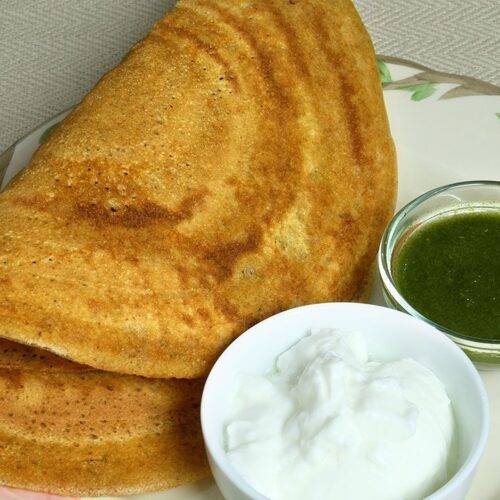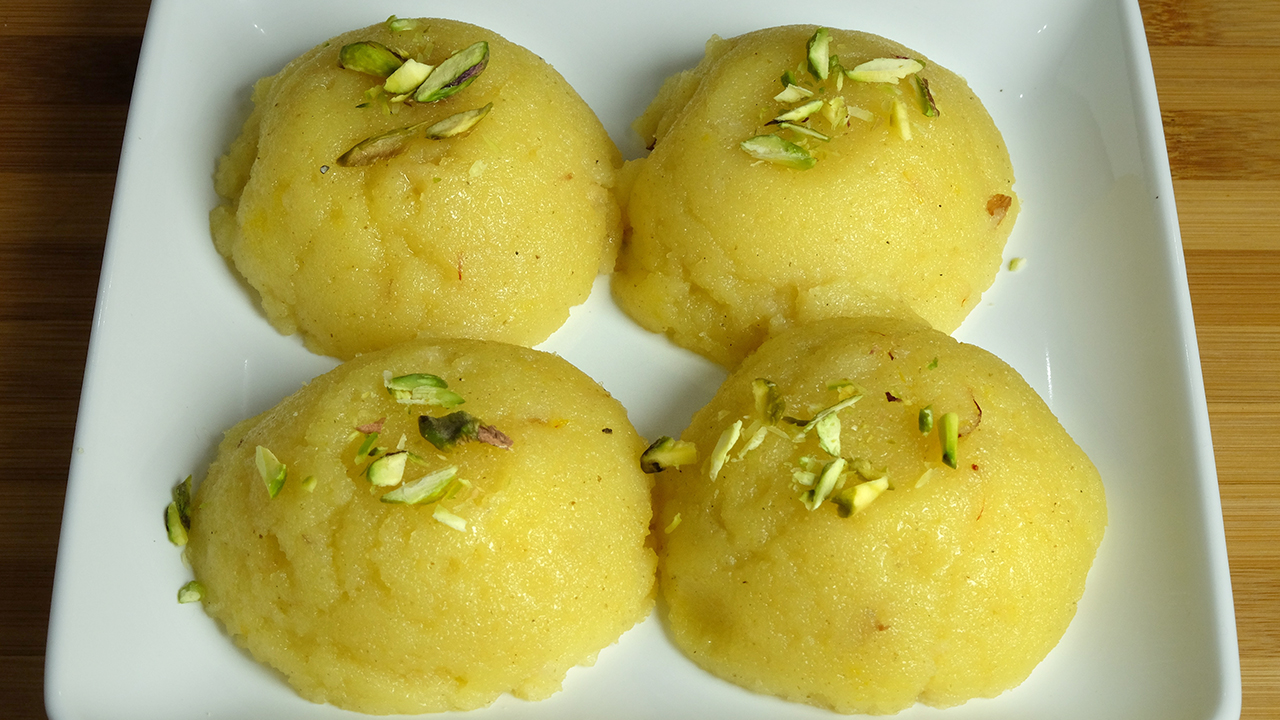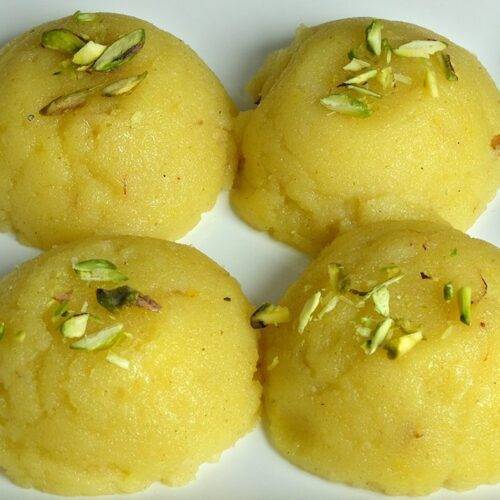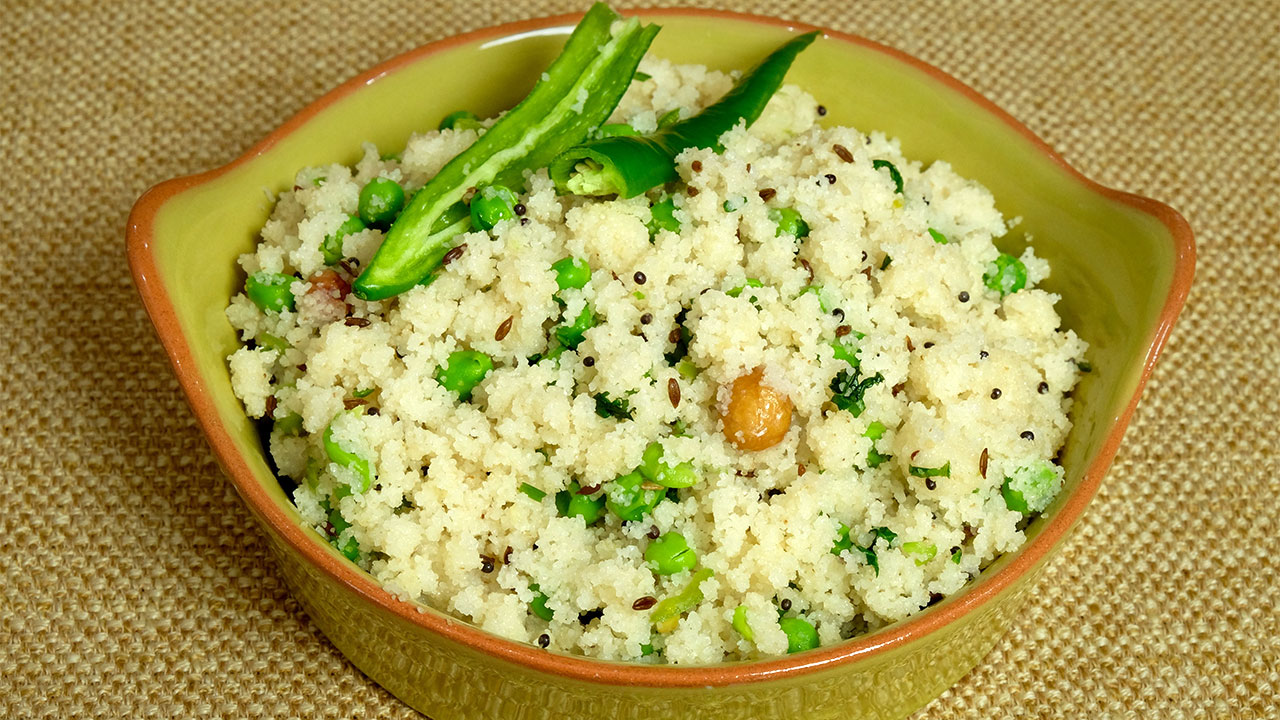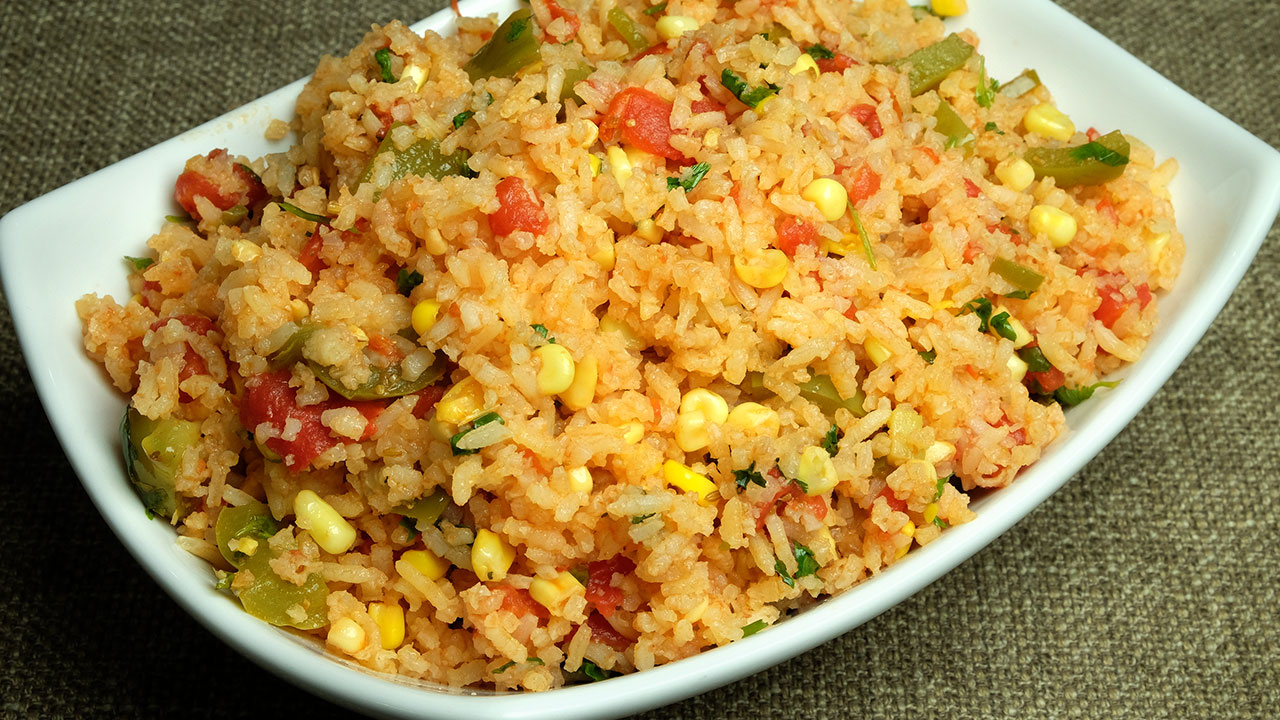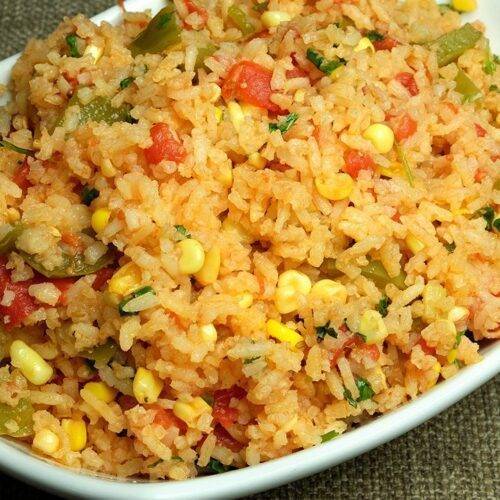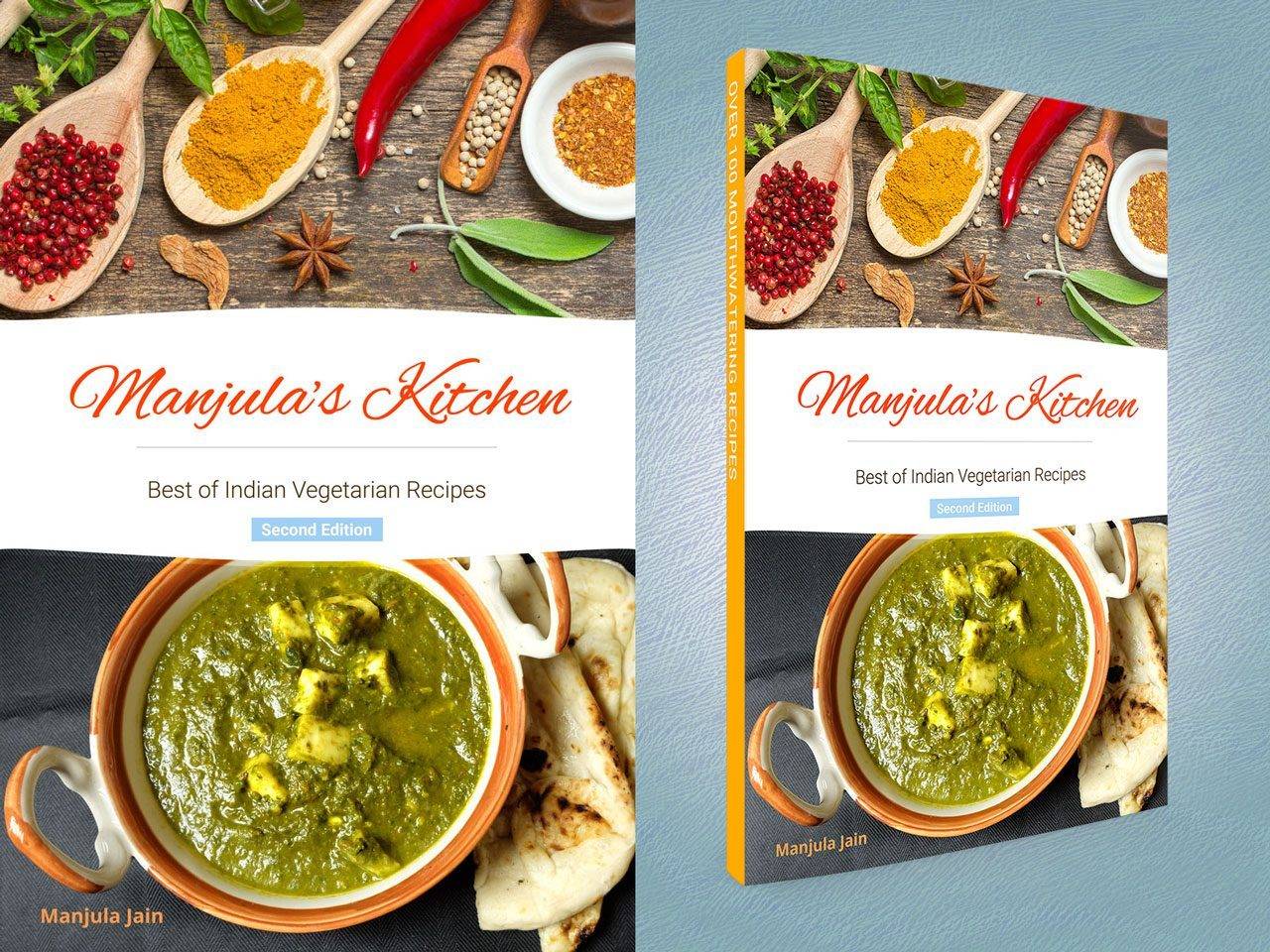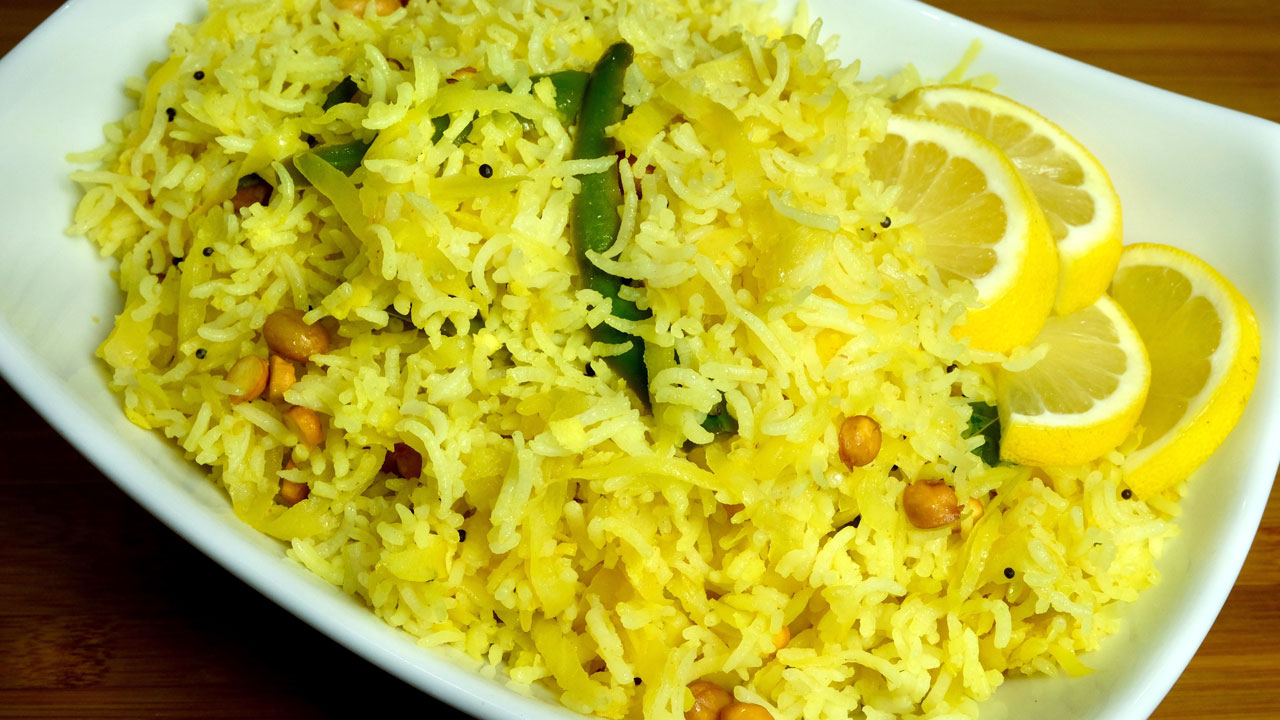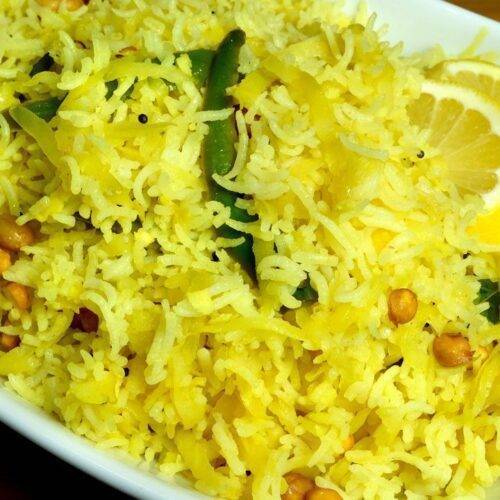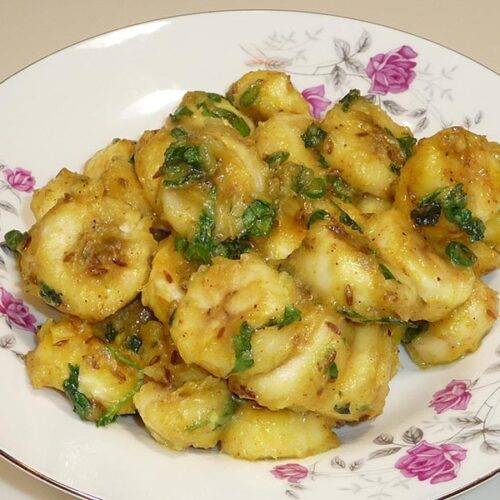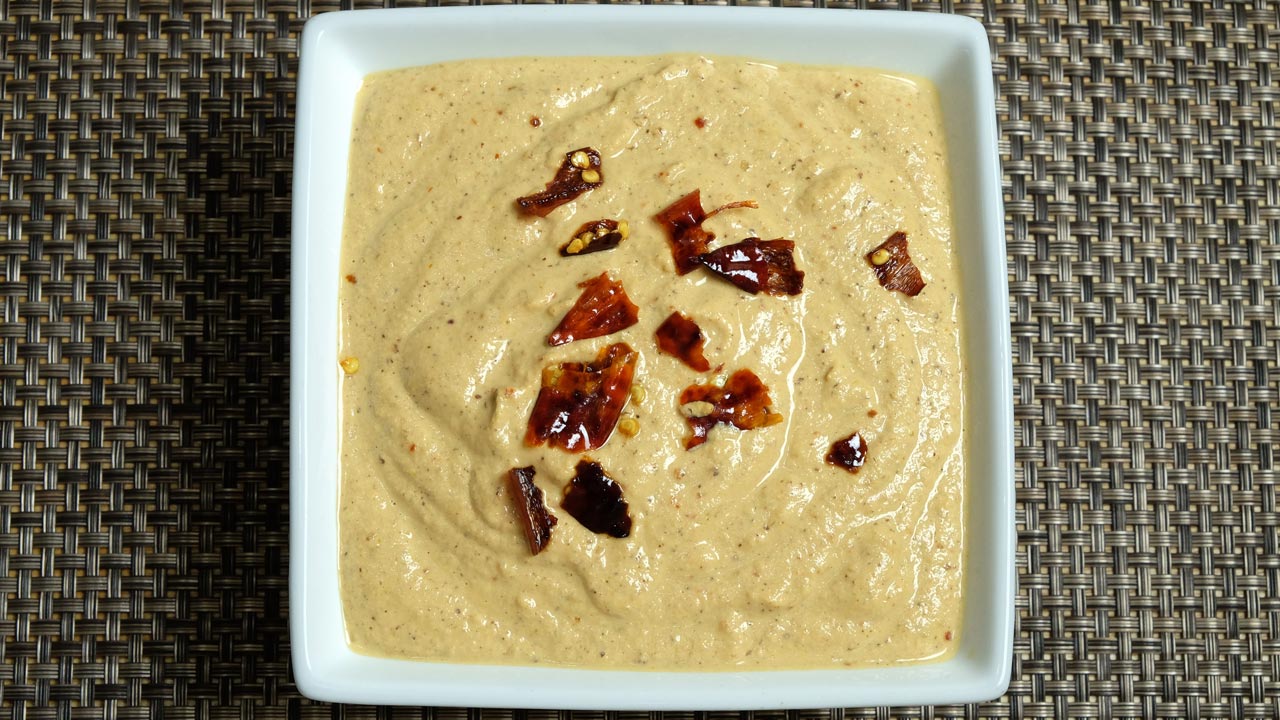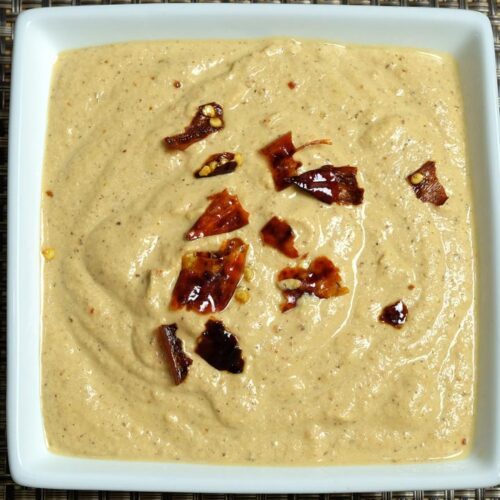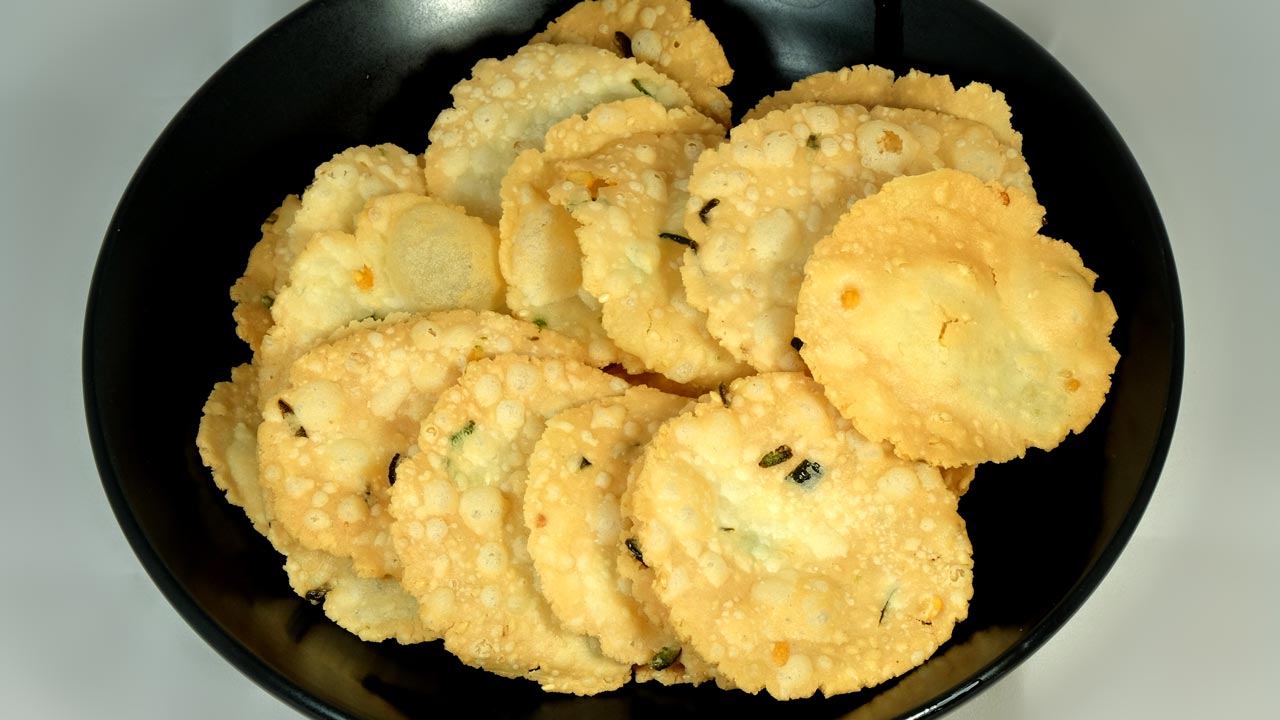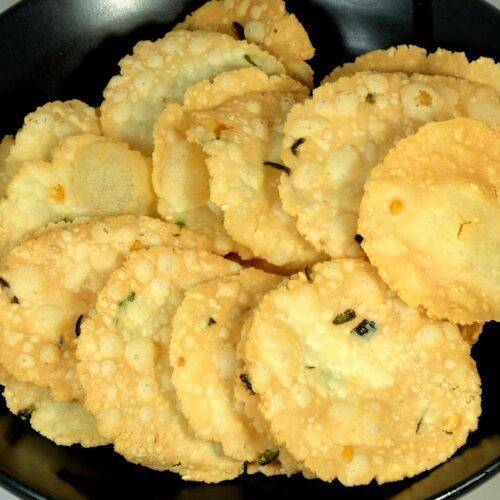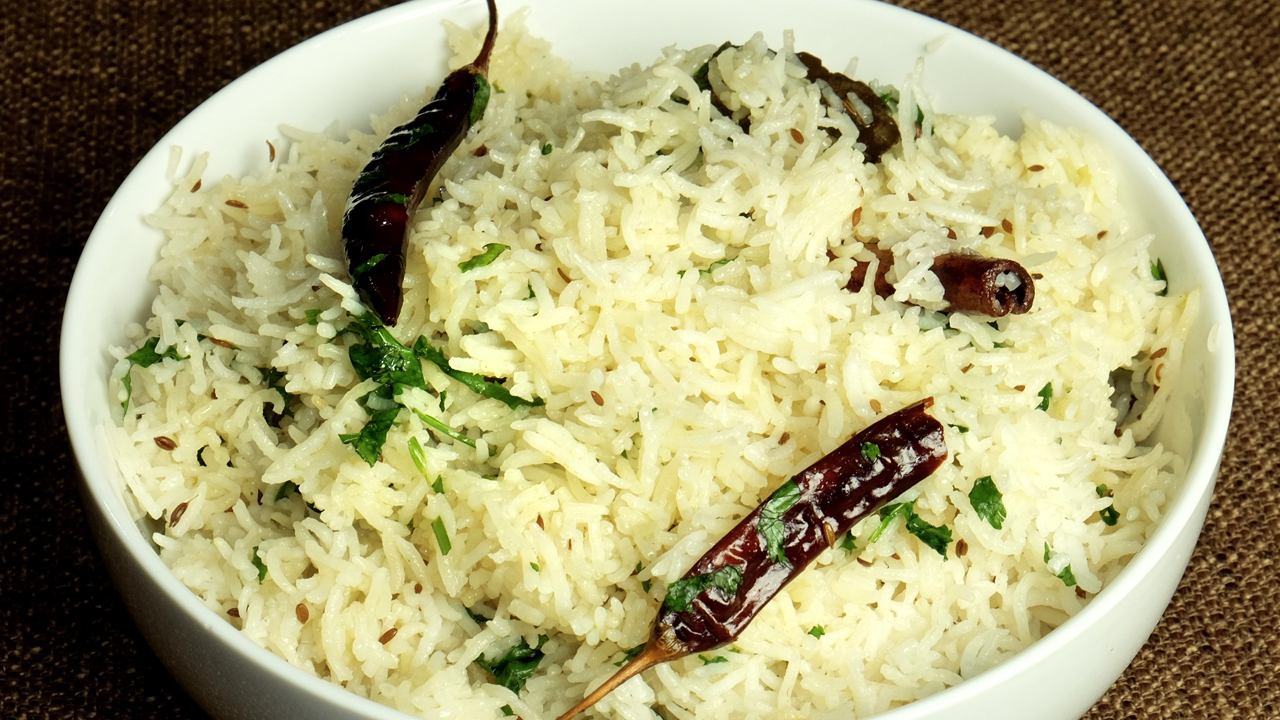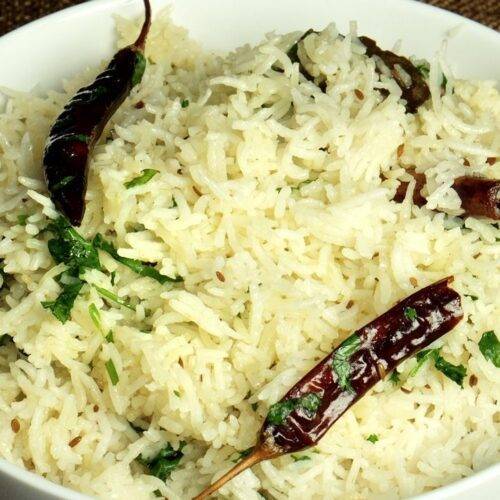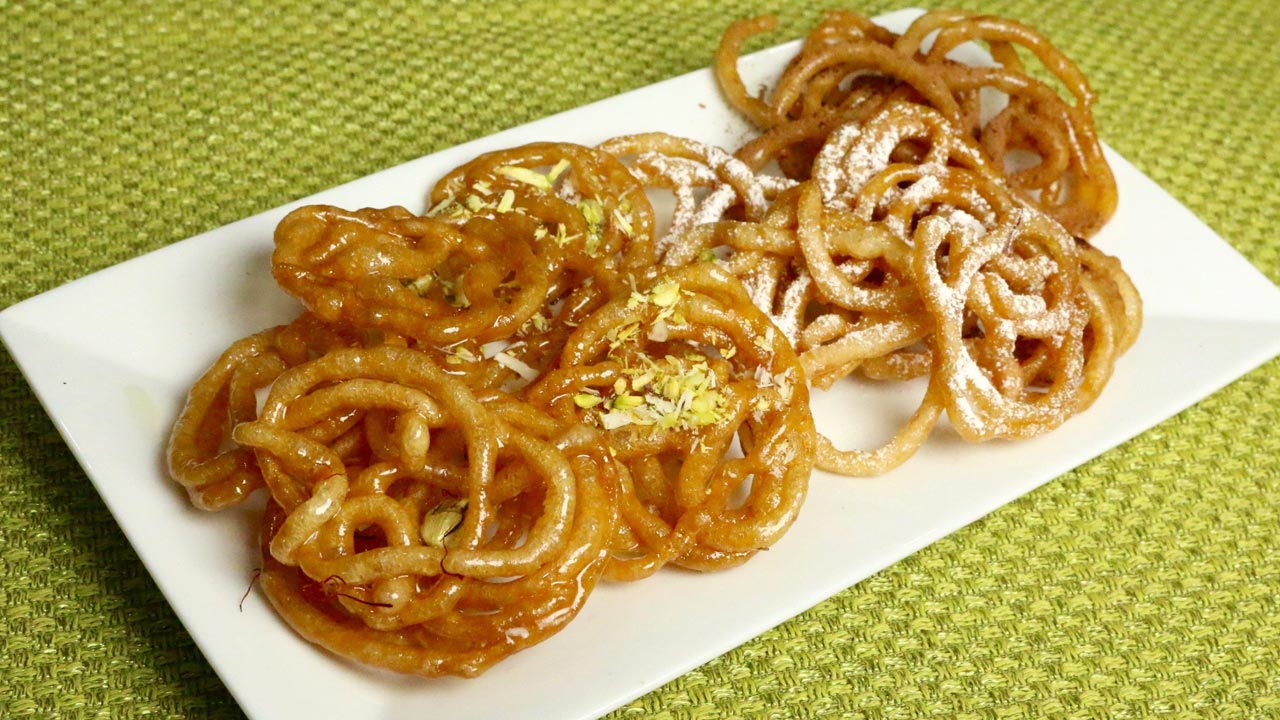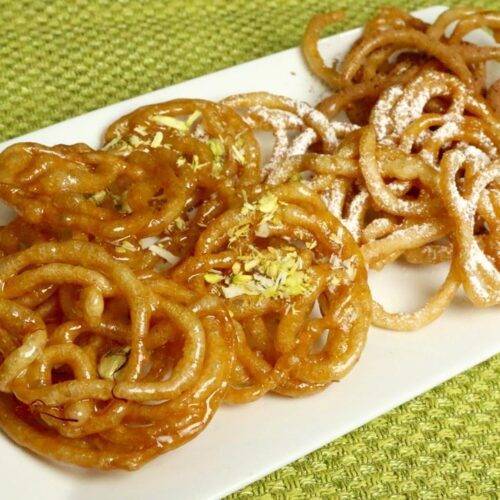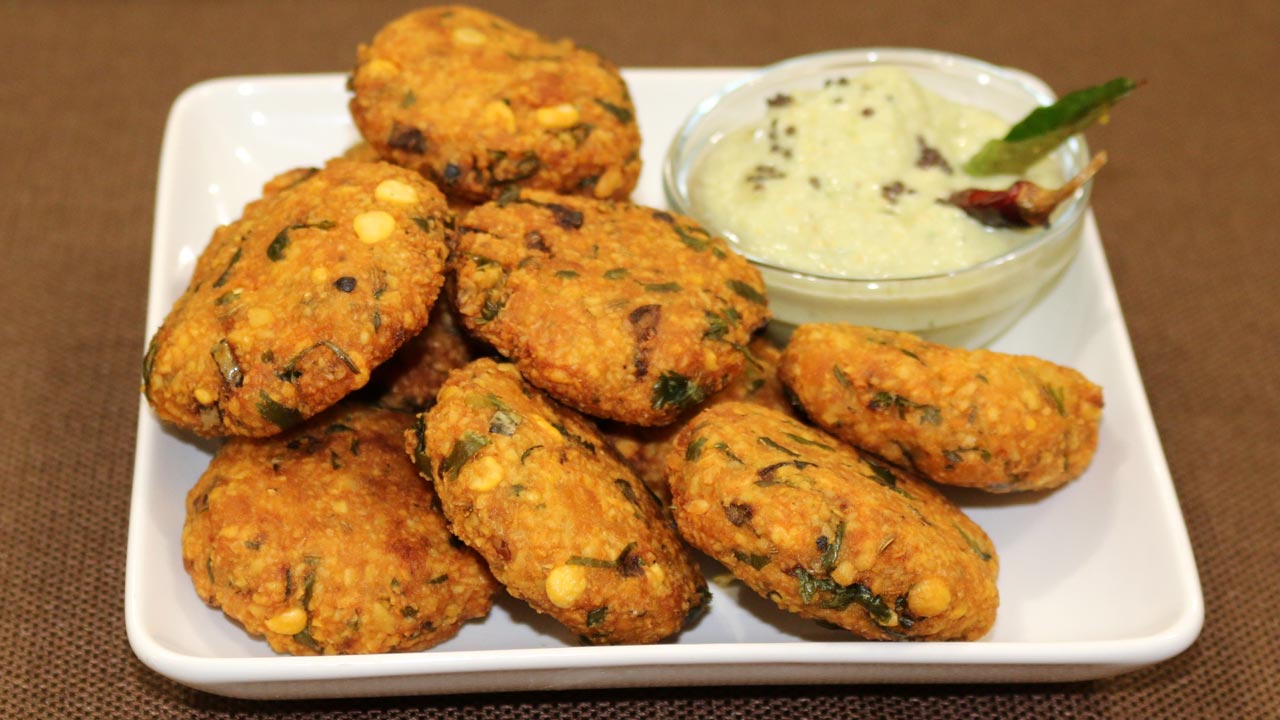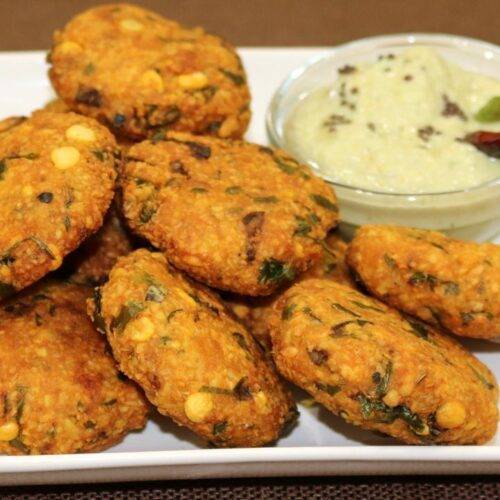You’ve watched all of the videos and followed all of Manjula’s time tested Recipes on the website. Now, you can have the best of Manjula’s Delicious Recipes, all in one book.
This beautiful 2nd Edition is now available as a PDF ebook with updated and revised recipes, full color photos, and embedded links to the online videos.
If you love Indian vegetarian cooking and wish you knew how to create magnificent dishes for your friends and family, this book of delicious recipes is for you.
You will learn how to make over ONE HUNDRED mouthwatering Indian vegetarian dishes including Samosas, Naan, Roti, Palak Paneer, Vegetable Korma, Gulab Jamun, and many more. Best of all, you can follow my time-tested recipes without any prior cooking knowledge and feel confident of surprising yourself and impressing your friends with your achievement.
Buy this e-book
Buy this e-book
Buy this e-book
Celebrating the Richness of Indian Vegetarian Cuisine: Manjula Jain’s Culinary Journey
Indian vegetarian cuisine is renowned for its diverse flavors, vibrant colors, and nutritional benefits. Manjula Jain’s e-book, “Best Indian Vegetarian Recipes,” Second Edition, serves as a testament to the rich culinary heritage of India. This collection offers an exquisite array of recipes that cater to both novice cooks and seasoned chefs, enabling them to create authentic Indian dishes with ease and confidence.
The Essence of Indian Vegetarian Cooking
Indian vegetarian cooking is more than just food; it is an art form that combines tradition, culture, and health. Each region in India brings its own unique flavors and cooking techniques, resulting in a wide variety of dishes that are both delicious and nutritious. The spices used in Indian cuisine not only enhance the taste but also offer numerous health benefits. From appetizers and snacks to main courses and desserts, the recipes in Manjula’s e-book showcase the versatility and richness of Indian vegetarian food.
About the Author: Manjula Jain
Manjula Jain, born in a vegetarian family in North India, has been passionate about cooking from a young age. Her mother, an excellent cook, taught her the intricacies of using spices and fresh ingredients to create flavorful dishes. After moving to the United States in the late 1960s, Manjula continued to follow a vegetarian lifestyle, adhering to the principles of Jainism, which emphasizes non-violence and compassion towards all living beings.
Manjula’s love for cooking led her to start a YouTube channel, where she has shared over 350 video recipes, many of which are vegan and gluten-free. Her dedication to sharing the traditional cuisine of India in a practical format has inspired millions of viewers worldwide.
Exploring the Recipes
Manjula’s e-book is organized into several sections, each offering a variety of recipes that highlight the diversity of Indian vegetarian cuisine.
Appetizers, Snacks, & Chaat:
Bhel Puri: A popular street food from Mumbai, Bhel Puri is a simple, spicy snack made with puffed rice, sev (vermicelli-like snack made from gram flour), and a mix of vegetables and chutneys. It is a low-fat, nutritious, and delicious treat.
Bread Potato Rolls: These crunchy rolls with a spicy potato filling make a perfect snack or appetizer. They are easy to prepare and can be served with hari cilantro chutney and tamarind sweet and sour chutney.
Chole Chaat: A zesty snack made with chickpeas, potatoes, and a blend of spices. This aromatic dish is easy to prepare and can be served warm as a snack or as a lettuce wrap for a crunchy twist.
Beverages:
Mango Lassi: A refreshing yogurt-based drink blended with ripe mangoes, sugar, and a hint of cardamom. This cooling beverage is perfect for hot summer days.
Chai: A traditional Indian tea made with a mix of spices such as cardamom, cinnamon, and cloves. It is a comforting beverage enjoyed by millions across India.
Breads | Puda:
Naan: A soft and fluffy bread that is a staple in Indian cuisine. It can be enjoyed with a variety of curries and gravies.
Aloo Paratha: A popular North Indian bread stuffed with a spicy potato filling. It is often served with yogurt, pickle, and butter.
Chutney, Pickle, Raita, & Condiments:
Hari Cilantro Chutney: A vibrant green chutney made with fresh cilantro, green chilies, and lime juice. It adds a burst of flavor to any dish.
Tamarind Sweet and Sour Chutney: A tangy and sweet chutney made with tamarind pulp and jaggery. It pairs well with snacks and appetizers.
Dals, Soups, & Salads:
Dal Makhani: A creamy and flavorful lentil dish made with black lentils and kidney beans, simmered with butter and cream.
Tomato Soup: A simple and comforting soup made with fresh tomatoes, flavored with Indian spices.
Desserts:
Gulab Jamun: Soft and spongy milk-based balls soaked in a sugar syrup flavored with cardamom and rose water.
Rasmalai: Soft paneer (Indian cottage cheese) dumplings soaked in sweetened, thickened milk, flavored with cardamom and saffron.
Rice & Quinoa:
Vegetable Biryani: A fragrant rice dish cooked with a mix of vegetables, spices, and herbs. It is a complete meal in itself.
Quinoa Vegetable Pilaf: A healthy and nutritious dish made with quinoa and mixed vegetables, flavored with Indian spices.
Vegetables:
Aloo Gobi: A classic Indian dish made with potatoes and cauliflower, cooked with a blend of spices.
Palak Paneer: A creamy spinach curry with paneer (Indian cottage cheese), flavored with garlic and spices.
Testimonials and Acknowledgements
Manjula’s e-book includes testimonials from her fans who have successfully tried her recipes and appreciated the simplicity and authenticity of her cooking style. She acknowledges the support of her family, friends, and website viewers who have encouraged her to share her culinary skills with the world.
Conclusion
Manjula Jain’s “Best Indian Vegetarian Recipes” is a treasure trove of mouthwatering recipes that celebrate the essence of Indian vegetarian cuisine. Whether you are new to cooking or an experienced chef, this e-book offers a wealth of knowledge and inspiration to create delightful dishes that will impress your family and friends. Embrace the flavors of India and embark on a culinary adventure with Manjula’s tried-and-tested recipes.
For more recipes and cooking videos, visit Manjula’s Kitchen.

